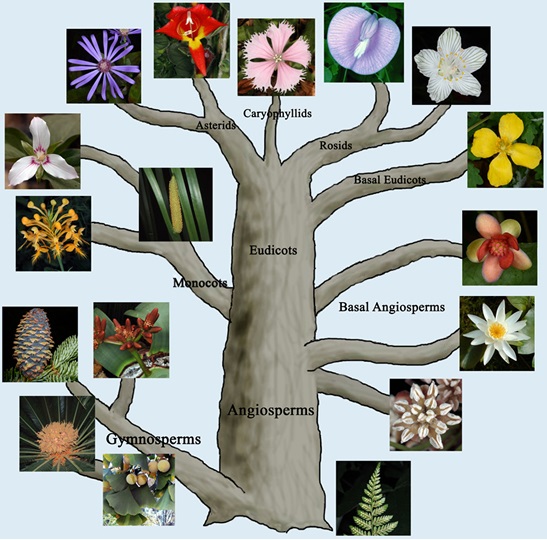Learninsta presents the core concepts of Biology with high-quality research papers and topical review articles.
Taxonomy and Systematics
The word taxonomy is derived from Greek words “taxis” (arrangement) and “nomos” (rules or laws). Taxonomy is defined as as“the science dealing with the study of classification including the bases, principles, rules and procedures”.
Simpson (1961) defined Systematics as, “Scientific study of the kinds and diversity of organisms and all relationships among them”. Though there are two terms are used in an interchangeable way, they differ from each other.
Differences Between Taxonomy and Systematics
|
Taxonomy |
Systematics |
| 1. Discipline of classifying organisms into taxa. | 1. Broad field of biology that studies the diversification of species. |
| 2. Governs the practices of naming, describing, identifying and specimen preservation. | 2. Governs the evolutionary history and phylogenetic relationship in addition to taxonomy. |
| 3. Classification + Nomenclature = Taxonomy | 3. Taxonomy + Phylogeny = Systematics |
Species
Species is the lowest of classification and shows the high level of similarities among the organisms. For example, Helianthus annuus and Helianthus tuberosus. These two species differ in their morphology. Both of them are herbs but Helianthus tuberosus is a perennial herb.
Genus
Genus consists of multiple species which have similar characters but differ from the species of another genus. Example: Helianthus, Tridax.
Family
Family comprises a number of genera which share some similarities among them. Example: Asteraceae.
Order
Order includes group of families which show less similarities among them.
Class
Class consists of group of orders which share few similarities.
Division
Division is the next level of classification that consists of number of classes. Example: Magnoliophyta.
The main difference between taxonomy and systematics is that taxonomy is involved in the classification and naming of organisms whereas systematics is involved in the determination of evolutionary relationships of organisms. This means systematics ascertain the sharing of the common ancestry by different organisms.
Systematics may be defined as the study of the kinds and diversity of organisms and the relationships among them. Taxonomy, on the other hand, is the theory and practice of identifying, describing, naming, and classifying organisms.
Biological systematics is the study of the diversification of living forms, both past and present, and the relationships among living things through time. Systematics, in other words, is used to understand the evolutionary history of life on Earth.
Systematics plays a central role in biology by providing the means for characterizing the organisms that we study. Through the production of classifications that reflect evolutionary relationships it also allows predictions and testable hypotheses.
